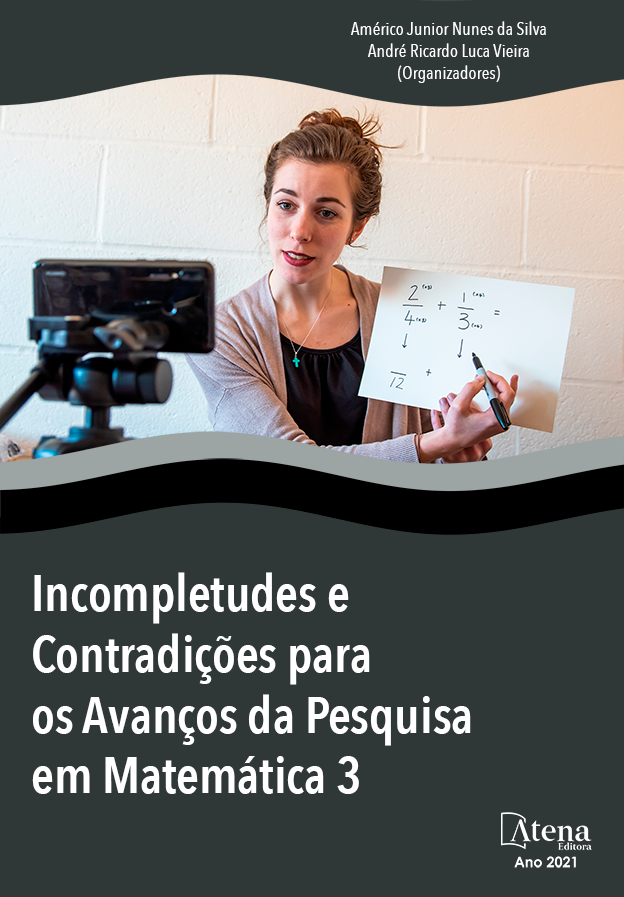
UMA CONSTRUÇÃO HISTÓRICA DAS TÉCNICAS DA TRANSFORMADA INTEGRAL CLÁSSICA (CITT) E GENERALIZADA (GITT): ASPECTOS INICIAIS
Estes resultados parciais de uma pesquisa de doutorado do Programa de Pós-Graduação em Educação Matemática da UNESP – Rio Claro, insere-se na linha de pesquisa Relações entre História e Educação Matemática e tem como objetivo descrever a evolução histórica que culmina na concepção da Técnica da Transformada Integral Clássica, e as motivações que levaram a sistematização do seu modelo generalizado. As técnicas têm como foco resolver Equações Diferenciais Parciais (EDP) a princípio não tratáveis pelas teorias clássicas, como o conhecido método da separação de variáveis. Pretendemos fazer uma construção histórica, considerando o contexto do seu surgimento e desenvolvimento, passando pelas diversas modificações ao longo dos estudos e necessidades de se tornar uma técnica mais competitiva para a evolução do mundo tecnológico. Para atingir esse objetivo, faremos uma abordagem historiográfica que começa ao descrevermos algumas motivações históricas dos desenvolvimentos da Transformada Integral, e as principais ideias da Transformada Integral Finita por N.S. Koshlyakov. Além dos estudos detalhados realizados por G.A. Grinberg (1948), que generaliza os métodos de Koshlyakov, para o caso de mudança das propriedades do meio na direção da coordenada ao longo da qual a transformação é executada. E a aplicação de M.D. Mikhailov (1972), que propõe um núcleo de núcleo de processamento geral que unificou as várias transformações desenvolvidas até então, obtendo a solução para a equação da difusão linear em regiões finitas. Para assim, podermos entender esses movimentos que são precursores da proposta da Técnica da Transformada Integral Clássica (CITT – Classical Integral Transform Technique), de Özisik e Murray (1974). E, por fim, dos conceitos que surgiram com o formalismo da Técnica Transformada Integral Generalizada (GITT - Generalized Integral Transform Technique), proposta por Özisik e Mikhailov (1984). Nesses resultados parciais de pesquisa, apresentamos os passos descritos acima até a contribuição de Mikhailov (1972), que serão finalizados com a análise dos escritos que fundamentam a CITT e GITT.
UMA CONSTRUÇÃO HISTÓRICA DAS TÉCNICAS DA TRANSFORMADA INTEGRAL CLÁSSICA (CITT) E GENERALIZADA (GITT): ASPECTOS INICIAIS
-
DOI: 10.22533/at.ed.5572110033
-
Palavras-chave: História da Matemática; Equação Diferencial Parcial - EDP; Transformada Integral; Técnica da Transformada Integral Clássica – (CITT); Técnica da Transformada Integral Generalizada – (GITT).
-
Keywords: Math History; Partial Differential Equations – PDE; Integral Transform; Technique of the Classical Integral Transform – (CITT); Generalized Integral Transformation Technique – (GITT).
-
Abstract:
These partial results of PhD research of the Program in Mathematical Education of UNESP - Rio Claro, is part of the research line Relations between History and Mathematical Education and aims to describe the historical evolution that culminates in the conception of the Technique. Classical Integral Transform, and the motivations that led to the systematization of its generalized model. The techniques focus on solving partial differential equations (EDP) at first not treatable by classical theories, such as the well-known method of variable separation. We intend to make a historical construction, considering the context of its emergence and development, going through the various modifications throughout the studies and the need to become a more competitive technique for the evolution of the technological world. To achieve this goal, we will take a historiographical approach that begins by describing some historical motivations of developments in the Integral Transform, and the main ideas of the Finite Integral Transform by N.S. Koshlyakov. In addition to detailed studies by G.A. Grinberg (1948), who generalizes Koshlyakov's methods, in the case of changing the properties of the medium in the direction of the coordinate along which the transformation is performed. And the application of M.D. Mikhailov (1972), who proposes a general processing nucleus that unified the various transformations developed so far, obtaining the solution for the finite region linear diffusion equation. Thus, we can understand these movements that are precursors of Özisik and Murray's (1974) proposal of the Classical Integral Transform Technique (CITT). And finally, the concepts that emerged with the formalism of the Generalized Integral Transform Technique (GITT), proposed by Özisik and Mikhailov (1984). In these partial research results, we present the steps described above until the contribution of Mikhailov (1972), which will be finalized with the analysis of the writings that underlie the CITT and GITT.
-
Número de páginas: 12
- Reynaldo D'Alessandro Neto


